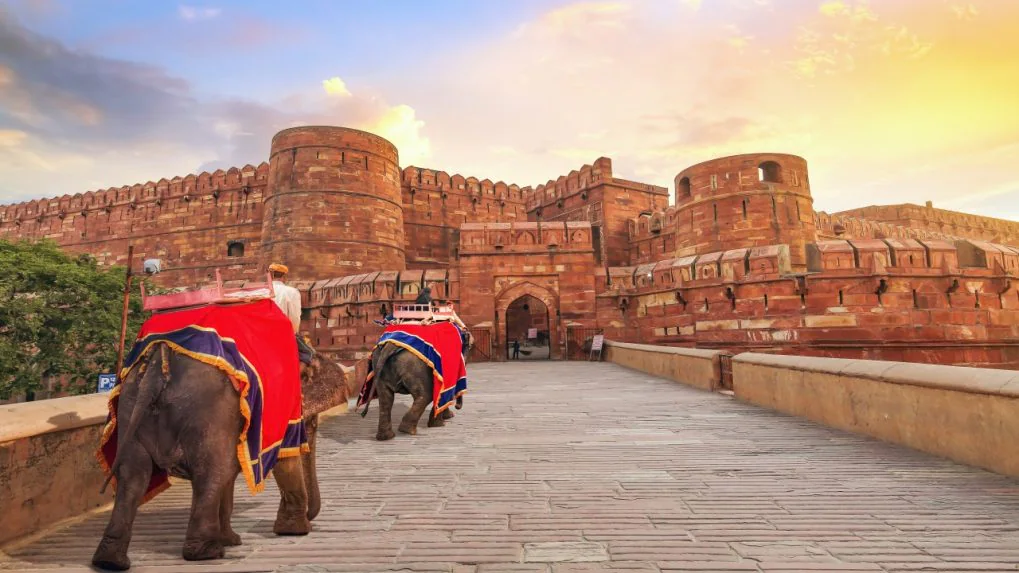In answer to an RTI request, the Archaeological Survey of India’s (ASI) Public Information Officer stated that information on who built the Agra Fort is not available with his office.
About Agra Fort:
- Location:
- It is a large 16th-century fortress of red sandstone located on the banks of Yamuna River in the historic city of Agra, west-central Uttar Pradesh.
- It is about 5 km northwest of its more famous sister monument, the Taj Mahal.
- History:
- It was built under the commission of Emperor Akbar in 1565.
- It was only during the reign of Akbar’s grandson, Shah Jahan, that the site took on its current state.
- It was the main residence of the emperors of the Mughal Dynasty till 1638, when the capital was shifted from Agra to Delhi.
- The fort was invaded and captured by the Maratha Empire in the early 18th century. Thereafter, it changed hands between the Marathas and their foes many times.
- After their catastrophic defeat at Third Battle of Panipat by Ahmad Shah Abdali in 1761, Marathas remained out of the region for the next decade. Finally Mahadji Shinde took the fort in 1785.
- It was lost by the Marathas to the British during the Second Anglo-Maratha War, in 1803.
- The fort was the site of a battle during the Indian rebellion of 1857, which caused the end of the British East India Company’s rule in India, and led to a century of direct rule of India by Britain.
- Features:
- The fort is crescent-shaped, with a long, nearly straight wall facing the Yamuna river on the east side.
- The fort houses a maze of buildings, including vast underground sections.
- The outer wall is surrounded by a wide and deep moat on three sides.
- The Agra Fort has four main gateways- the Khizri Gate, Amar Singh Gate, Delhi Gate and Ghazni Gate.
- Among the major attractions in the fort is Jahāngīr’s Palace (Jahāngīri Mahal), built by Akbar as a private palace for his son Jahāngir.
- The fort complex was designated a UNESCO World Heritage site in 1983.




